媒库文选科学家是让城市可持续的关键
Scientists Are Key
to Making Cities Sustainable
科学家是让城市可持续的关键
Mark Fischetti 马克·菲谢蒂
You've heard the numbers: More than half of the world's people now live in cities, and in just a few decades more than two thirds of the globe's rapidly growing population will be urban. Because cities already suck up much of the planet's resources and generate much of its waste, these trends threaten to make Earth miserable unless cities become more sustainable.
Scientists could hold the key-if city leaders will invite them in as partners.
That assertion is not a faith statement. “Sustainability is driven by science, technology and innovation,” said Bernard Meyerson, chief innovation officer at IBM. He was speaking at the Science and the Sustainable City summit held by Springer Nature on July 11 in Singapore, one of the world's most efficient cities. Meyerson made his case based in part on the World Economic Forum's lists of top 10 emerging technologies. Many of these, he noted, could directly improve urban life if city leaders bring in scientists and engineers to apply them.
For example, cities are gathering reams of real-time data, “but they don't have good ways to understand what it might be telling them,” Meyerson noted. In London 500,000 video cameras record what is going on around town. China recently ordered two million to install in cities. These fire hoses of video data could ostensibly improve everything from traffic to crime prevention, but human operators cannot possibly keep up with the information deluge or make sense of which data matter, Meyerson said. Neuromorphic technology-software that can analyze images-on each camera could do that, “and submit the data to a central repository only when it has significance. It could also erase the data locally when it does not, to help protect privacy,” he noted.
Artificial intelligence could help cities predict infrastructure failures before they happen, preventing deaths and disasters. Using these technologies, IBM's supercomputer Watson can predict when an elevator is approaching failure by comparing noises it makes during operation with a baseline of noises made during routine safe operation. “Cities could apply similar AI and machine learning to broader infrastructure citywide,” Meyerson said. The technology “could warn city engineers and administrators when sewage pumps are going to fail or when power outages are about to arise.” Science and scientists, he noted, underlie effective use of all these kinds of technologies.
Arron Wood, deputy lord mayor of Melbourne, Australia, confirmed Meyerson's view. Scientists have already helped his city design and deploy a system of stormwater holding tanks that have lessened flooding during heavy rainstorms and also provided water during the dry periods that prevail most of the year. Researchers have helped Melbourne set up science-based targets for annual carbon dioxide emissions that will allow it to gradually become a zero-emissions city.
Much more could be done. Researchers are now helping Melbourne expand its forest cover from 22 to 40 percent. The increase, Wood said, could lower the city's heat-island effect by 4 degrees Celsius. “The trees will make the city look good,” Wood said, “but they will also prevent hundreds of deaths from heat stress, lessen fires, reduce violent crimes, and even help the economy-because fewer people come into the city when it gets too hot.”
Wood also said scientists and their universities should try to find ways to speed up research time lines. The work can take a long time, which cities do not have.
Amidst all the discussion of scientific innovation, Meyerson reminded the summit crowd that social innovation is also needed to make cities more sustainable:“We cannot have a growing gap between the haves and have-nots-it is not ethical, and it is certainly not sustainable.”Science, community and policy need to be connected, the summit attendees agreed. “We have to inject social science into sustainability science,” Wood said, “because ultimately, cities are about people.”
您已经听过这些数据了:世界上超过一半的人现在居住在城市,而且短短几十年后,全球快速增长的人口中有超过三分之二将是城里人。由于城市已经消耗着很多地球资源并制造很多废物,所以除非城市变得更加可持续,否则这样的势头有可能使地球变得很凄惨。
科学家们可能是关键——如果城市领导人愿意邀请他们作为合作伙伴参与进来的话。
这种说法并非信仰宣言。国际商用机器公司的首席创新官伯纳德·迈耶森说:“可持续性是由科学、技术和创新驱动的。”7月11日,在世界上最高效的城市之一新加坡,他在施普林格-自然出版集团举办的科学与可持续城市峰会上发表讲话。迈耶森的论证部分基于世界经济论坛提出的十大新兴技术清单。他提到,如果城市领导人携手科学家和工程师将其付诸应用,这其中的许多技术就可以直接改善城市生活。
例如,迈耶森指出,城市正在收集大量的实时数据,“但他们不能很好地理解实时数据说明了些什么”。在伦敦,50万个摄像头记录着城市各角落发生的事情。中国最近订购了200万个摄像头安装于城市。迈耶森说,这些犹如消防水带一样无处不在的视频数据可以明显改善从交通到预防犯罪的各种事情,但操作人员根本无法跟踪这些海量信息或搞清楚哪些数据重要。他指出,在每个摄像头上加装神经形态技术——可分析图像的软件——就可以做到这一点,“并且只有在数据重要时才将它提交到中央存储库。它还可以在数据不重要时将其就地删除以帮助保护隐私”。
人工智能可以帮助城市提前预测基础设施故障,从而防范人员死亡和灾难。依靠这些技术,国际商用机器公司的超级计算机“沃森”可以通过将运行期间产生的噪音与例行安全运行期间产生的噪音基线两相对照来预测电梯何时快要发生故障。迈耶森说:“城市可以将类似的人工智能和机器学习应用于全市范围内更多的基础设施。”这一技术“可以在污水泵即将发生故障或马上要停电时向城市工程师和管理人员发出警报。”他指出,科学和科学家是有效利用所有这些技术的基础。
澳大利亚墨尔本市副市长阿伦·伍德肯定了迈耶森的观点。科学家已经帮助该市设计并部署了一个暴雨储水罐系统,在暴雨期间缓解洪涝并在占一年大部分时间的旱季提供水。研究人员帮助墨尔本制订了以科学为依据的二氧化碳年排放量目标,使其逐步成为一个零排放城市。
还有很多工作可以做。研究人员现在正在帮助墨尔本将森林覆盖率从22%增加到40%。伍德表示,这一增幅可使该市的热岛效应减轻4摄氏度。伍德说:“树木可以让城市看上去很美,但它们也可防止热应激反应造成的数百人死亡、减轻火灾、减少暴力犯罪甚至有利于经济——因为天气太热时进城的人会减少。”
伍德还表示,科学家和他们所在的大学应该设法加快研究进度。这项工作可能需要很长时间,但城市等不及。
在所有关于科学创新的讨论中,迈耶森提醒与会人员,使城市更具可持续性还需要社会创新:“我们不能让贫富差距越来越大——那是不道德的,肯定也是不可持续的。”峰会的与会者一致认为,科学、社区和政策必须相互联系。伍德说:“我们必须将社会科学注入可持续发展学,因为城市最终是以人为本的。”(涂颀译自《科学美国人》月刊网站7月16日文章)


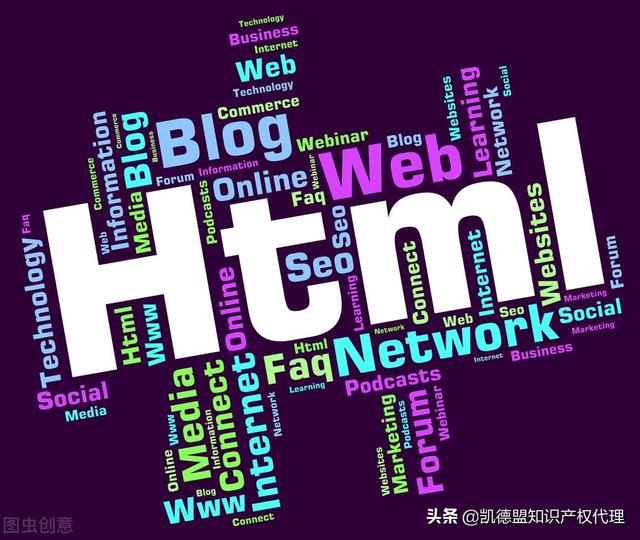
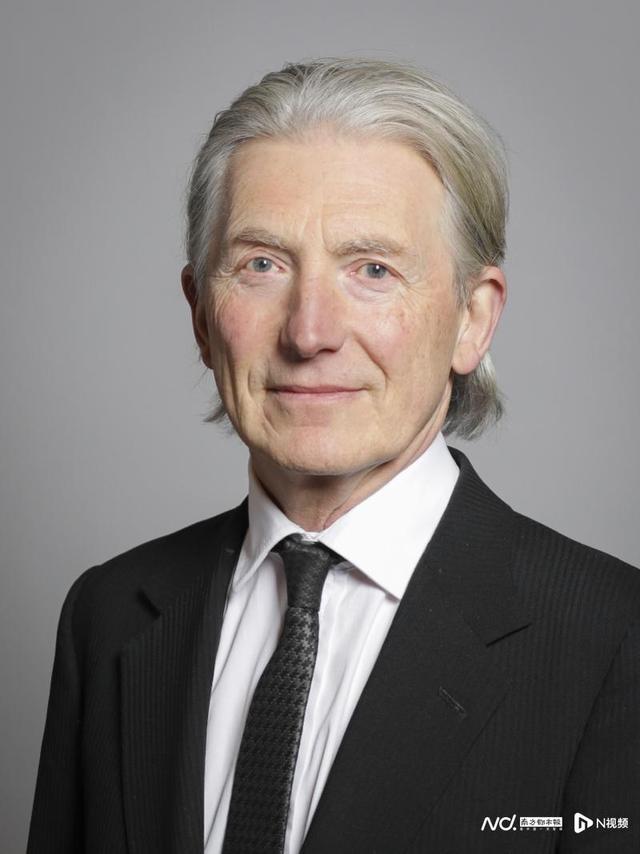

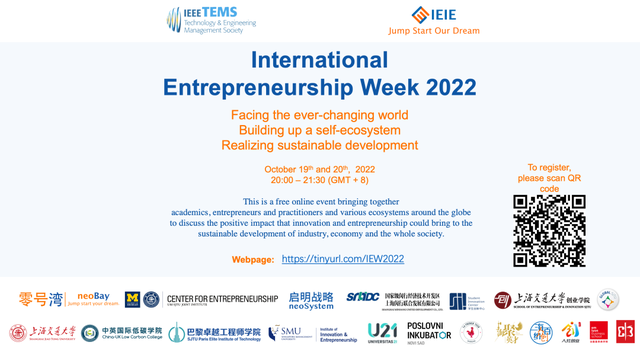
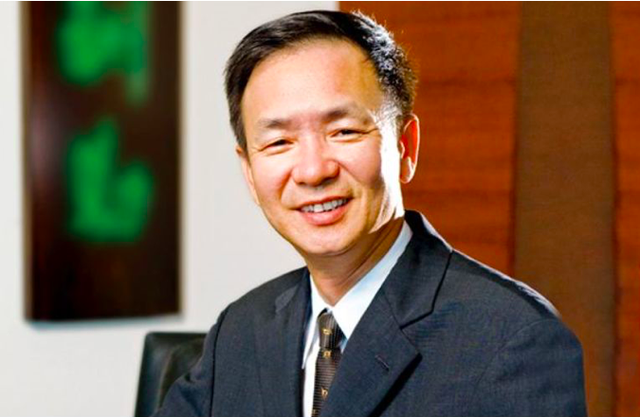
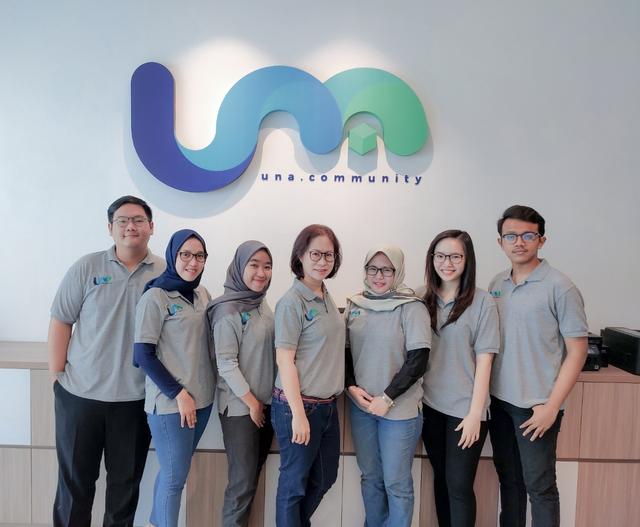
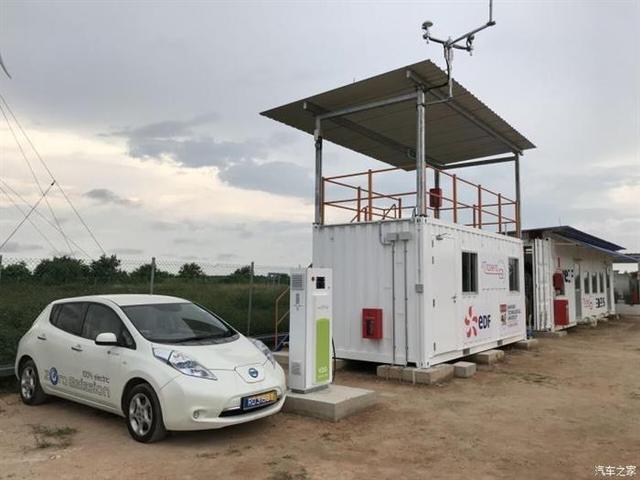




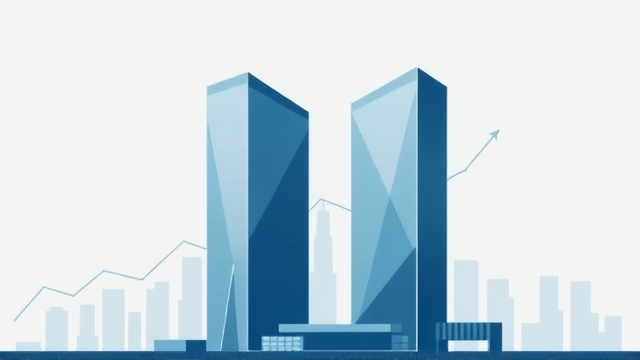
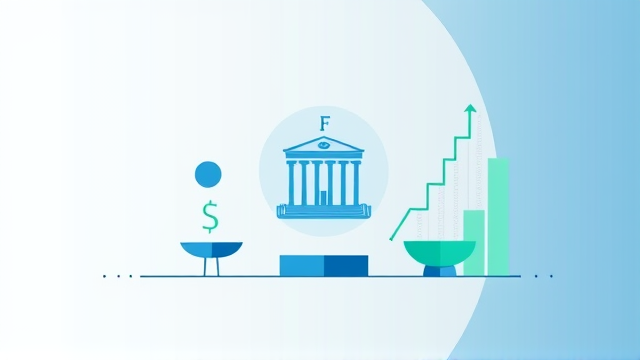
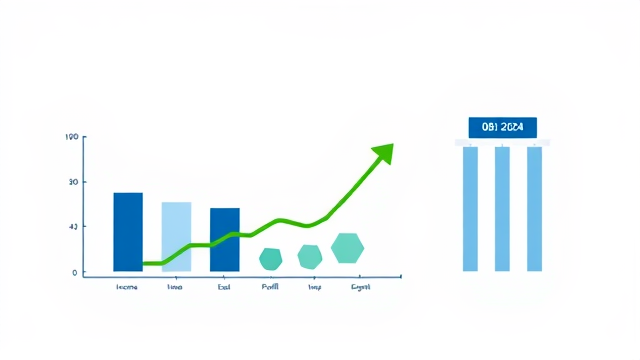
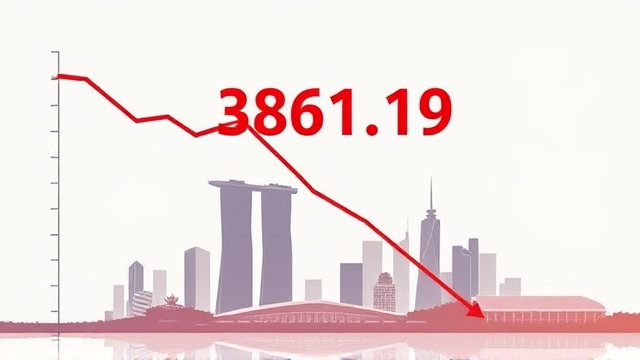

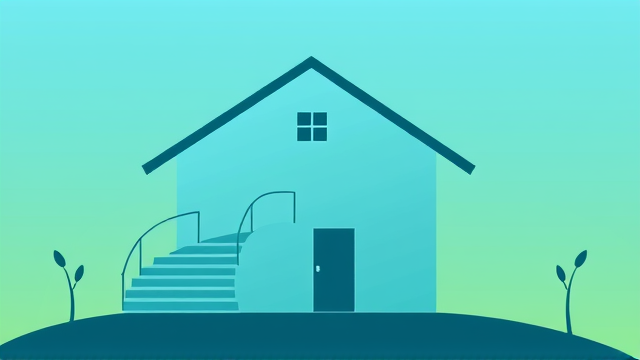

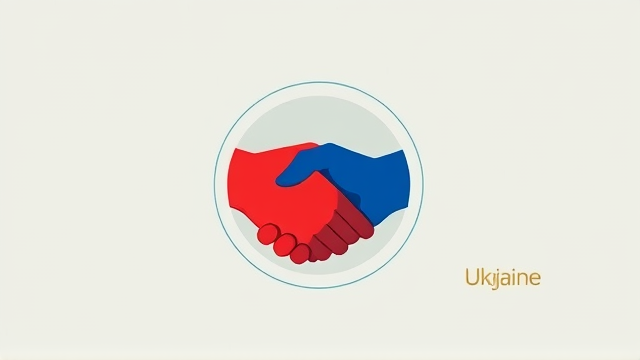
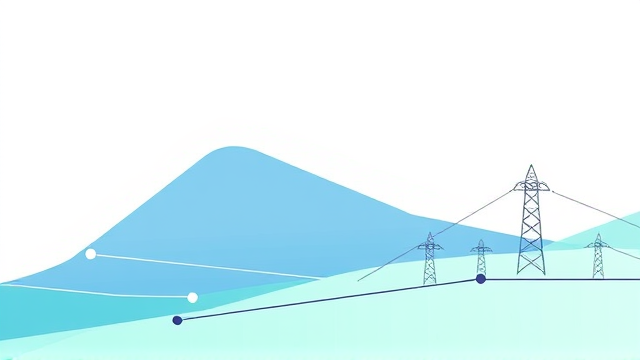
评论